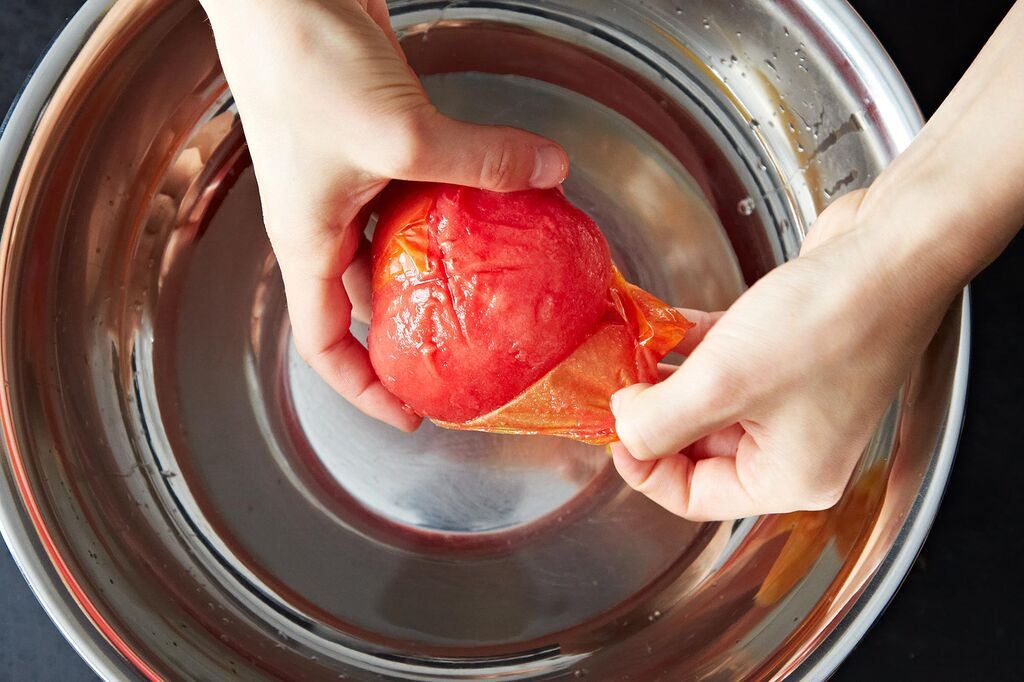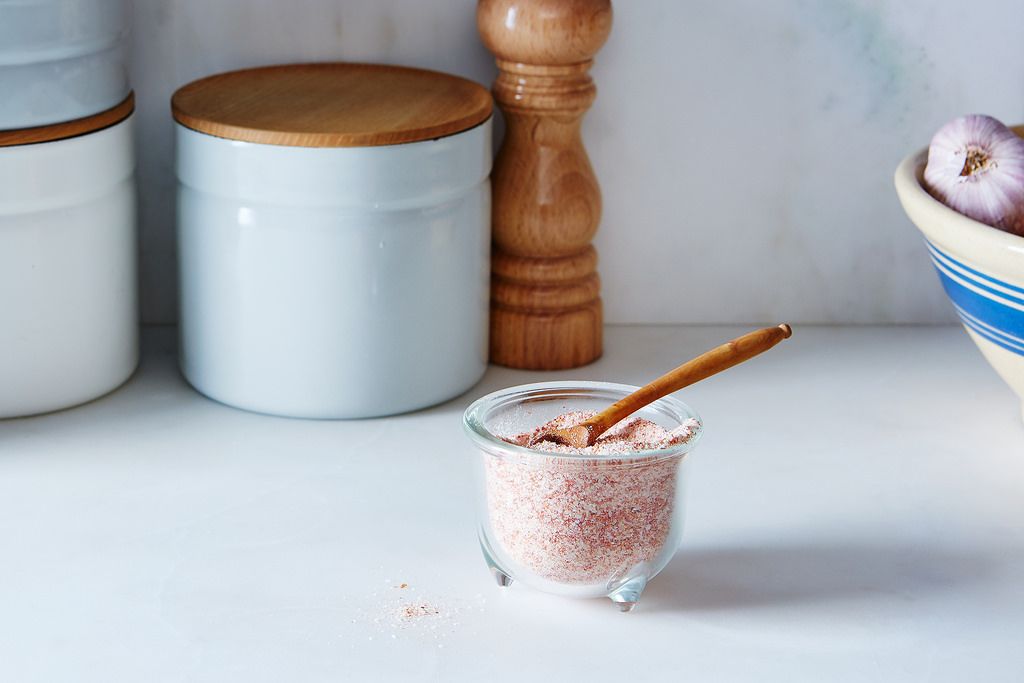Popular on Food52
11 Comments
Bob
December 10, 2015
What a good idea this recipe. It is complete new for me peeling the tomato skin and turn them into salt. Chapeau!
Karen K.
October 21, 2015
This was a great idea for using the tomato skins, and I have since used the same approach (equal weigh salt and flavoring) to make basil and chive salts- both bounty from my garden! I have used them for finishing, but one question I had was how you measure them as a replacement for regular salt in a recipe - 1:1, or do you need more since half the weight before drying was herbs?
Lindsay-Jean H.
October 21, 2015
I stick with using it as finishing salt, as I worry the flavor might get lost in other applications, but if I were to use it in a recipe, I'd start with a 1:1 replacement and then add more to taste as needed.
vaughan
August 9, 2015
where can I get one of these little jars with feet?
thanks
thanks
Lindsay-Jean H.
August 9, 2015
It's an egg coddler, you can find a very similar one here: https://food52.com/shop/products/1133-egg-coddler
Cimanim
August 3, 2015
Organic doesn't mean pesticide-free, they just use different ones (and often in greater quantities, since they aren't as effective). Maybe instead of recommending organic, recommend people WASH their produce, organic or not.
FoodieDawn
August 3, 2015
I have always tried tomato skins and used them as a seasoning in eggs, guacamole, other dishes but salt is an inspiration!
boulangere
August 2, 2015
This works very well wih (already) dried mushrooms, such as shiitakes or portable las. They purée with salt such as something out of a dream. Think also about a combo of dehydrated basil, garlic, and parsley. And hen dehydrated cilantro and red chilis.




See what other Food52 readers are saying.